If you have been thinking of making your own Authentic Mauritian Curry Powder, look no further! In this post, you will learn a bit about what makes our curry powder different and discover the types of curry powders we have on the island, including Madras and Telegu. A basic but authentic Mauritian curry powder is also written in detail in the printable recipe card below.
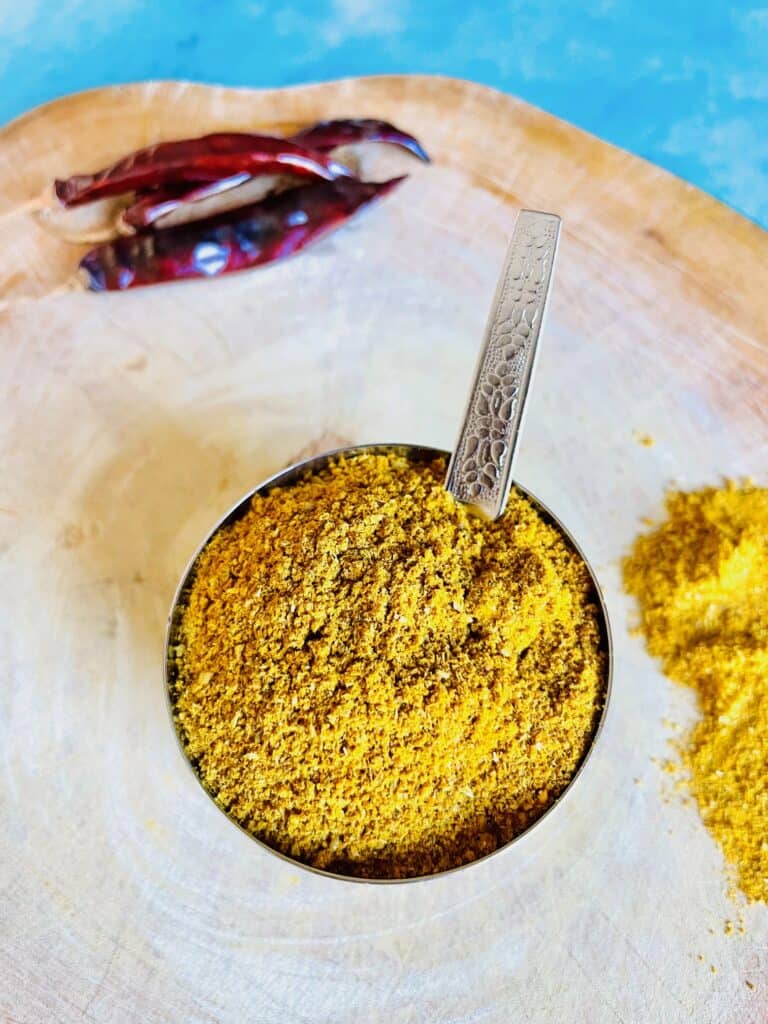
Jump to:
- What is curry powder
- Where do Indo-Mauritians come from
- What is Mauritian curry powder, and its connection to India
- How is it different from Indian curry powder
- How to use Mauritian Curry Powder
- Recipe ingredients for a basic (but versatile) Mauritian curry powder
- Common types of Mauritian curry powders
- Indian spices unlikely to be found in our curry powders
- Is it important to use whole spices
- Is it important to roast the spices
- Why is homemade better
- How long do they keep and how can I extend their freshness
- Where can I purchase high-quality spices outside of Mauritius
- Three curry powder recipes: Madras, Telegu, + a basic Mauritian curry powder with ground spices
- Authentic Mauritian Curry Powder (using whole spices)
What is curry powder
A curry powder mix, also known as masala powder, is a mix of different spices thoughtfully put together for a dry or gravy-based curry. Although normally used for curries (gravy-based dishes), curry powders can also be used for other types of dishes and even drinks like chai.
In India, you might get a perplexed look if you ask to purchase a pre-mixed curry powder in a shop. This is because each curry, and each meal item even, has its own unique spice mix.
An Indian home cook’s everyday mise en place will consist of putting together some spice blends for tonight’s dinner and they will unlikely be identical to those used for last night’s dinner. They’re mixed, toasted, and ground fresh every night. So, technically, there isn’t such a thing as a one-size-fits-all curry powder.
In modern times though, across Indian and Mauritius itself, it’s becoming increasingly popular to buy a pre-mixed curry powder that can fit the bill for quick dinners, and in our case, Mauritian curries.
Just like India, in Mauritius, we have a variety of curry powder mixes, although the spectrum is much smaller than India’s. To better understand them and their uses, it is important to learn about their respective origin. To do that, let’s have a look at the Indo-Mauritians make-up.
Where do Indo-Mauritians come from
Indians first came to Mauritius, as indentured laborers, roughly between 1830 and 1925. At the time, the East India Company was “recruiting” people to work on sugar cane plantations on the island of Mauritius, then a British colony.
The highest concentration of Indians came from the states of: Bihar, Jharkhand, Tamil Nadu and Uttar Pradesh.
They brought with them their cooking traditions and, of course, inevitably, their respective cuisines. Luckily for us, this resulted in our very distinctive Mauritian-Indian cuisine that can be found nowhere else in the world. More on that later.
I’ve been told, through people, research, and trying it for myself, that the food of Trinidad closely resembles that of Mauritius, but I don’t personally feel it’s close enough to truly merit comparison. Maybe I’ll change my mind later :).
What is Mauritian curry powder, and its connection to India
As mentioned above, the components of a curry powder depend largely on which part of India one’s ancestor is from. With time, the amalgamation of curry powder mixes of the Indo-Mauritian diaspora has somewhat morphed into a simple but distinct Mauritian-style curry powder.
Mauritian-style curry powder mixes are heavy on coriander first and foremost, then cumin, closely followed by fennel, fenugreek, turmeric and red chilies. It is also very common for them to contain black mustard seeds, cinnamon stick, clove, cardamon and black peppercorns.
Check out our Mauritian Ingredients Translation page to look up the name of these different spices in French or Créole, etc.
Curry leaves, which are close to our hearts, are oftentimes added to our curries either in dried form or, most frequently, fresh. We are also quite fond of chili heat. So, dried red chilies are an essential part of our curry mix, even in the mild versions.
We also have a recipe for Mauritian Biryani Spice Mix and Achard Masala Paste if you would like to make your own!
How is it different from Indian curry powder
The short answer is: Our Mauritian curry powder is not dramatically different from those used in India. India is vast, and yet within a 1-mile radius, you could still get hundreds of different variations of what curry means to each cook. Now do the math for the number of variations that exist there.
Similarly, in Mauritius, we have different variations as well, although it is much more straightforward and simpler than the hundreds of thousands or more variations being enjoyed there.
Here’s a Basic Indian Curry Powder Recipe.
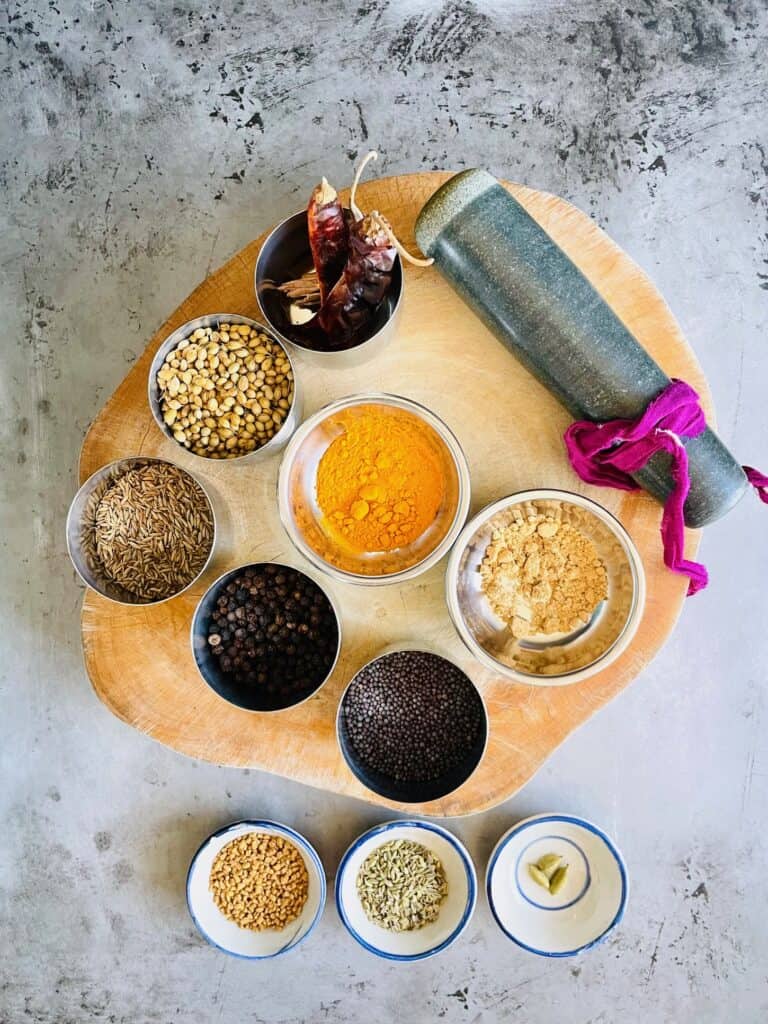
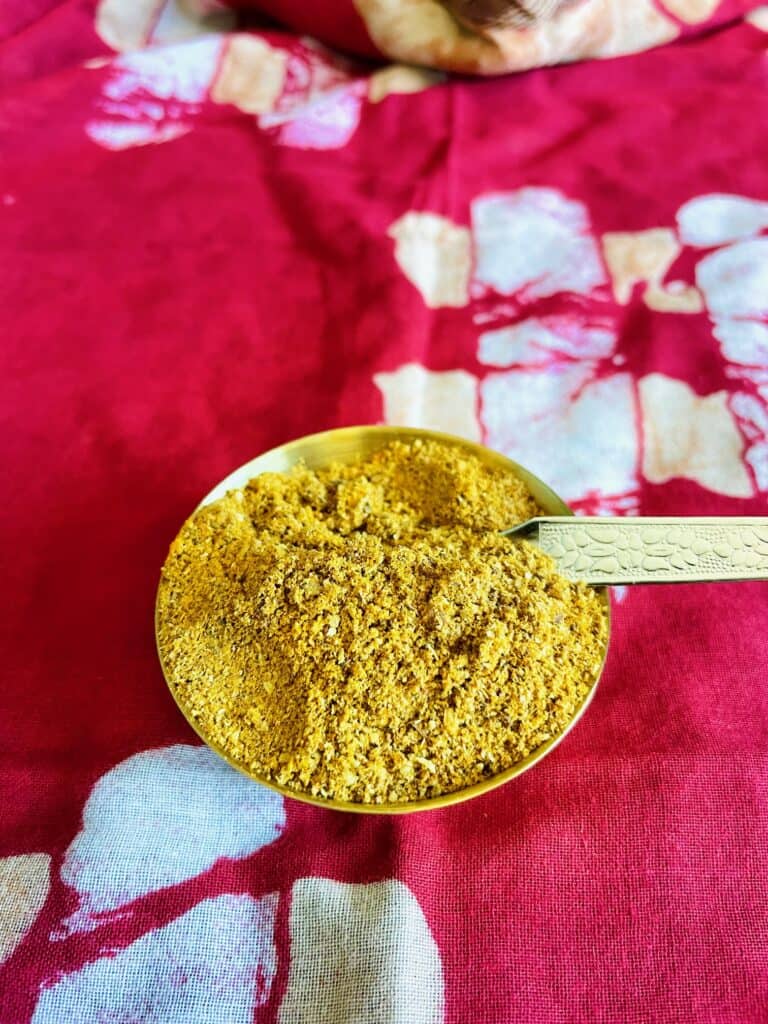
How to use Mauritian Curry Powder
Our Mauritian curry powder is at the heart of our Mauritian cuisine and is used to prepare a variety of local Mauritian curries like chicken curry, fish curry, and beef curry, listed in order of popularity.
When short on time, our Mauritian chicken curry is a weekday go-to dish, as it can be done within 20 minutes in a handy pressure cooker. While it can be made with chicken pieces, we prefer to make it with drumsticks and thighs with the bone in and skin removed to get the maximum taste from the inclusion of the bones; the chicken pieces stay juicier that way!
Since we’re surrounded by the ocean, we take advantage of the fresh fish available on the island. So, a thin-gravy fish curry is a common dish in Mauritius. I simply love how this curry marries well with curry leaves; the flavor can’t be beaten.
Our fish curry is the closest to Southern India’s traditional fish curry, especially that of Tamil Nadu, where the fish curries are also thin and contain tamarind juice and a generous amount of curry leaves, just like ours.
Check out our other delicious and authentic Mauritian Recipes like Mauritian Chicken Biryani.
Recipe ingredients for a basic (but versatile) Mauritian curry powder
You’ll need the following ingredients to make this Basic Mauritian Curry Powder.
- Coriander seeds (coriande)
- Cumin seeds (ti l’ani)
- Fennel seeds (fenouil)
- Turmeric powder (safran)
- Fenugreek seeds (methi)
- Cinnamon bark (canelle)
- Dried red chilis (pima)
- Curry leaves (cari poulé)
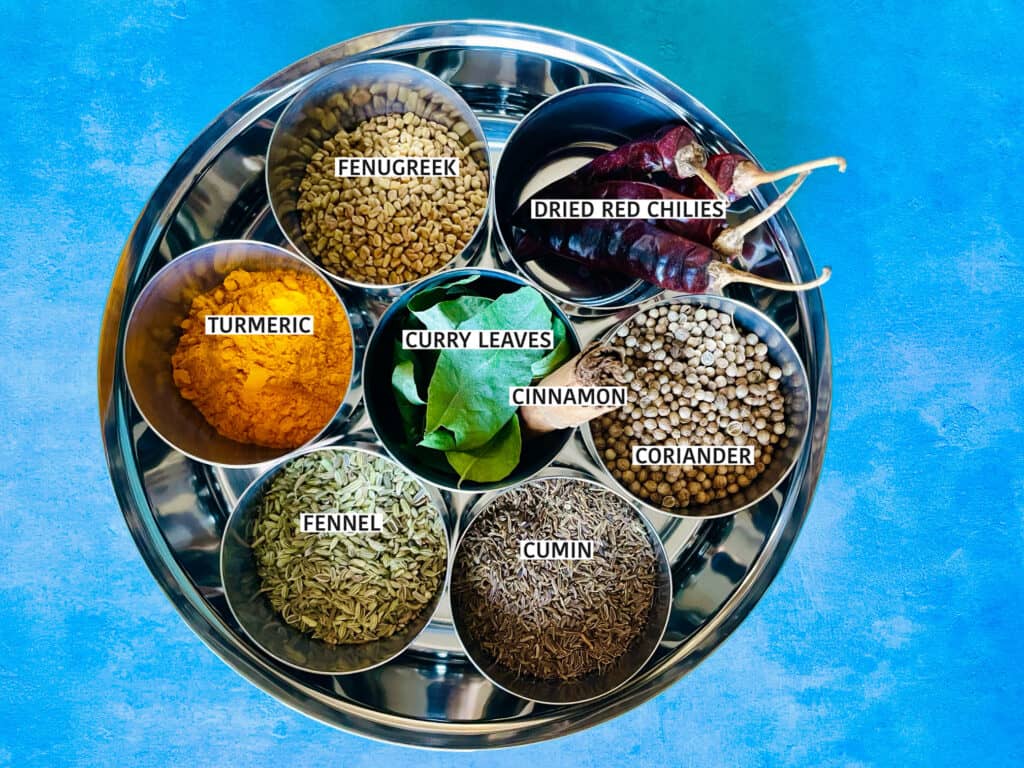
Common types of Mauritian curry powders
We tend to separate our curry powders (masala cari) in these rough categories: mild, hot, extra hot and fish curry, meat curry, and chicken curry. For instance, in a grocery store (supermarket), you will have your pick of mild curry powder, hot curry powder, extra hot curry powder, fish curry powder (masala poisson), meat curry powder (masala viande) and chicken curry powder (masala poulet).
There are, of course, some other variations you can purchase, like the Mayil Special Masala, which is a “special roasted curry powder” with ground split chickpeas added. I brought some from my last trip to Mauritius in 2023, and it is quite a nice mix.
At home, most modern busy Mauritians prefer to use pre-mixed curry powder purchased from a grocery store. We keep different types in the pantry so that dinner can be prepared in a jiffy.
Home cooks who do not have much time constraints, or prefer not to sacrifice flavor for convenience, make their own mixes by roasting whole spices and grinding them.
Indian spices unlikely to be found in our curry powders
There is also a good number of spices that show up in some regional Indian curry powders that you are unlikely to find in ours. Some examples are:
Black Stone Flower (Kalpasi in Tamil). This is a spice that is harvested by scraping stone, rocks or trees and is commonly used in Chettinad and Maharashtrian cuisines. It is known to have been part of traditional garam masala.
Ghost Peppers (Bhut Jolokia in Hindi). These are extremely hot peppers that originated from Assam, a state in northeastern India.
Lakadong Turmeric (Haldi in Hindi). This is a highly sought-after turmeric that contains 2-4 times the amount of curcumin found in regular turmeric.
Nigella Seeds (Kalongi in Hindi). These are also known as black onion seed and are commonly confused with black cumin.
Radhuni. This is the dried fruit of wild celery, oftentimes confused with ajwain (carom) due to their similar appearance. It is a popular addition to Bengali five-spice mix. It is also hard to find outside of India.
White Poppy Seeds (Khus khus in Hindi). These are commonly used to thicken gravies, but can also be added to some curry mixes in parts of India.
If you’ve ever wondered about the difference between Cumin vs Curry, you might enjoy my article about the key differentiators and the main uses for each of them!
Is it important to use whole spices
Whole spices keep their lovely aroma and potency for much longer and contain natural oils that dissipate the moment they are ground into a fine powder. If, like me, you prefer not to compromise on quality and taste, use whole spices.
The end result is worth the time and effort. Simply make smaller batches of curry powder, a few curries worth at a time, and repeat as necessary.
Naturally, not everyone has whole spices at home or can use all of them before they lose their aroma. So, I’ve included a basic but authentic curry powder recipe using ground spices below if you choose to go that route!
Is it important to roast the spices
If you pick up any Indian cookbook or follow any proper Indian recipe, you will notice that the extra step of roasting the spices is pretty much never omitted.
It only takes a minute to gently roast the whole spices on medium heat in a pan and grind them in a coffee grinder (or by hand). This will wake up their aroma and level up your Indian cooking game! So aim to include that crucial step.
There are some occasions when roasting them won’t be as important, like in a marinade for example.
Why is homemade better
Homemade curry powder is highly superior to the store-bought ones for two main reasons:
- As mentioned above, once the spices are ground, they quickly start losing their coveted aroma and potency.
- In general, spices at the store, even organic ones, have been sitting in a warehouse or the store for a long time before reaching your kitchen. They were most likely milled several years prior, so you can imagine they do not compare to the fresh ones you prepare at home.
- When you make your own curry powder at home, you can tweak it to your liking and make your own blend of spices. For instance, you have a toddler who cannot have red chili powder, or you want extra fenugreek powder in your mix, etc.
- Need I say more? 🙂
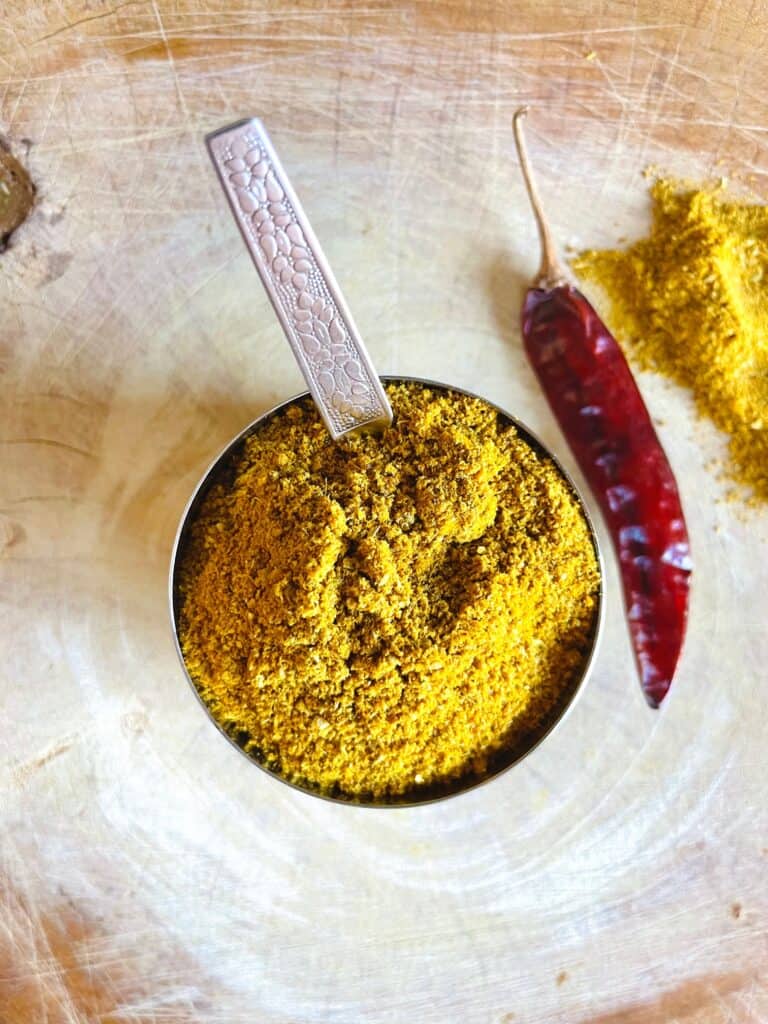
How long do they keep and how can I extend their freshness
If stored properly, most freshly ground spices will retain their potent flavor for 6-12 months. Having said that, they do not exactly go bad. You can extend their potency by storing them in an airtight container in a cool and dark area of the kitchen.
Where can I purchase high-quality spices outside of Mauritius
I buy pretty much everything from Amazon, but spices are rarely one of them. If I can’t find a spice or a particular ingredient, I’ll get it from Amazon if it is only available there. When it comes to spices, I much prefer to purchase high quality, ideally single origin, spices directly from companies that value Fair Trade practices and process their spices in small batches.
Modern supermarkets are very well-stocked with global flavors these days, so check your local grocery store first. If they don’t carry the necessary spices, your closest Indian grocery store will definitely carry these basic spices.
Of course, in Mauritius, you can find these spices everywhere, and it’s always fun to go to the Port-Louis Central Market (bazaar) to look at all the selections beautifully displayed.
Premixed Mauritian Curry Powder
If you’re in Mauritius, and prefer to purchase already mixed Mauritian curry powders, these brands are very popular and they do the job well: Mayil, Eagle Brand, and Lazzat.
Three curry powder recipes: Madras, Telegu, + a basic Mauritian curry powder with ground spices
Here are a small handful of curry powder that are common in Mauritius.
Madras curry powder
2/3 cup coriander powder
4 ½ tsp cumin powder
4 teaspoons turmeric powder
4 teaspoons red chili powder
1 ¾ teaspoons black pepper
1 teaspoon black mustard seeds (the powder version is hard to find)
1 teaspoon star anise (3 medium whole star anise)
½ teaspoon fenugreek
1 teaspoon rice flour
Telegu curry powder
2/3 cup coriander powder
4 ½ tsp cumin powder
4 teaspoons turmeric powder
1 ½ teaspoons split chickpeas (chana dal)
3/4 teaspoon black gram (urad dal)
3 ½ teaspoons black pepper
1 ½ teaspoons grated dried coconut
8 dried curry leaves
Basic Curry powder (same recipe as the recipe card below but with ground spices)
Simply mix the following spices well and store in an airtight container.
¼ cup coriander powder (coriande)
2.5 tablespoons cumin powder (ti l’ani)
4 teaspoons fennel powder (fenouil)
4 teaspoons turmeric powder (safran)
1 tablespoon fenugreek powder (methi)
½ teaspoon cinnamon (canelle)
1 ½ teaspoon red chili powder (pima)
1/4 teaspoon dried curry leaf powder (cari poulé) (optional)
Printable recipe card for basic Mauritian curry powder
Please save or print this recipe because it will likely become your go-to Mauritian curry powder recipe.
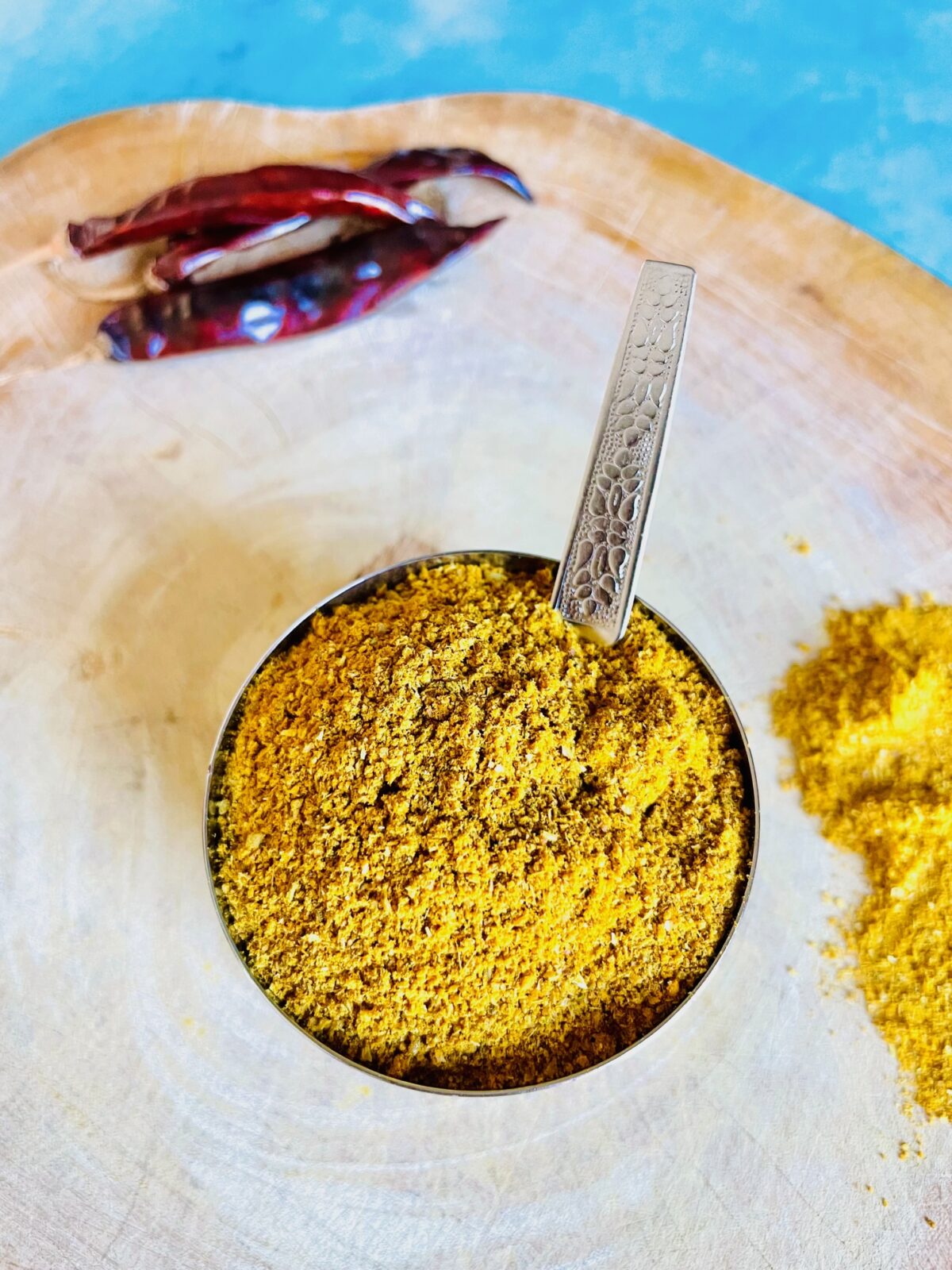
Authentic Mauritian Curry Powder (using whole spices)
Equipment
- 1 Spice grinder (coffee grinder)
Ingredients
- 6 tablespoons coriander seeds coriande
- 2½ tablespoons cumin seeds ti l'ani
- 4 teaspoons fennel seeds fenouil
- 4 teaspoons turmeric powder safran
- 1 tablespoon fenugreek seeds methi
- 1 inch cinnamon bark canelle
- 4 whole red dried chilies pima, broken into pieces, most seeds discarded
- 5 dried curry leaves cari poulé
Instructions
- Heat a medium-sized pan, preferably cast-iron, on low to medium heat. The heat must remain on low to medium because the spices can easily scorch and turn bitter or burn.
- Once the pan is hot, add coriander seeds, cumin seeds, fennel seeds, fenugreek seeds and cinnamon bark and gently stir until the mix becomes aromatic, about 1 minute.
- Next add red chilies and curry leaves and gently stir for about 1 or 2 more minutes until you can smell the beautiful fragrance of curry leaves.
- Add turmeric powder, give it a quick stir. Immediately remove from heat and allow to cool completely.
- Grind the cooled spices in a spice or coffee grinder.
- Transfer and store in an airtight container, preferably glass, and keep in a cool, dark place. This will keep for several weeks or even months.
Notes
====
If you’re short on time or don’t have whole spices below, you can still prepare this Mauritian Curry Powder with ground spices.Basic Curry powder using with ground spices
Simply mix the following spices well and store in an airtight container. ¼ cup coriander powder (coriande) 2.5 tablespoons cumin powder (ti l’ani) 4 teaspoons fennel powder (fenouil) 4 teaspoons turmeric powder (safran) 1 tablespoon fenugreek powder (methi) ½ teaspoon cinnamon (canelle) 1 ½ teaspoon red chili powder (pima) 1/4 teaspoon dried curry leaf powder (cari poulé) (optional)SHARING IS CARING
If you like enjoyed this list, please share it with your family and friends. I am also on Facebook, please follow my recipe updates there.
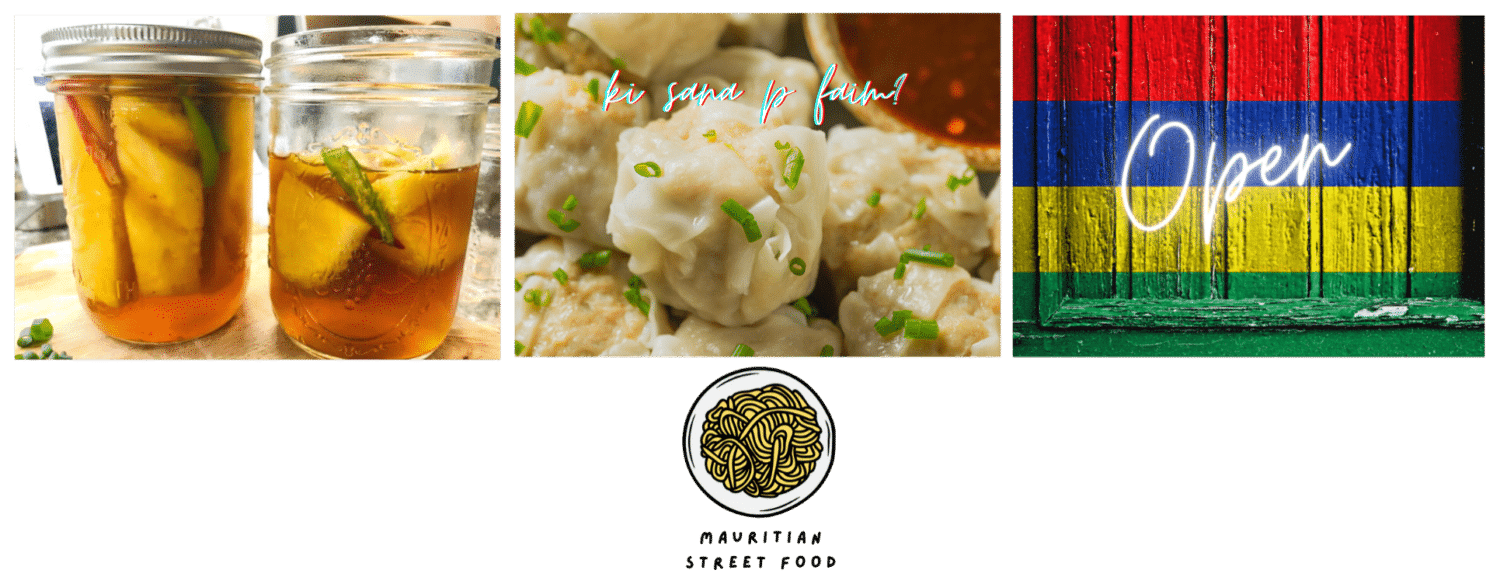

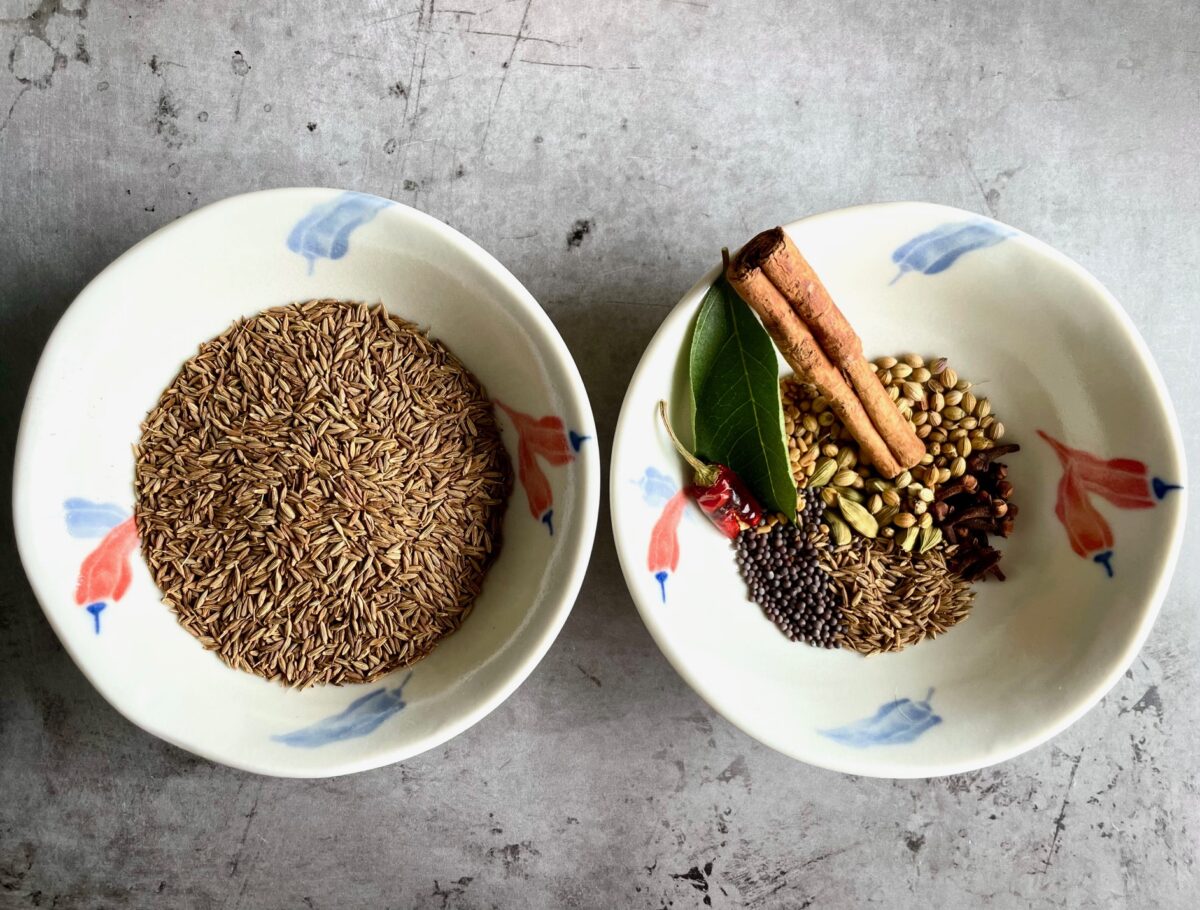
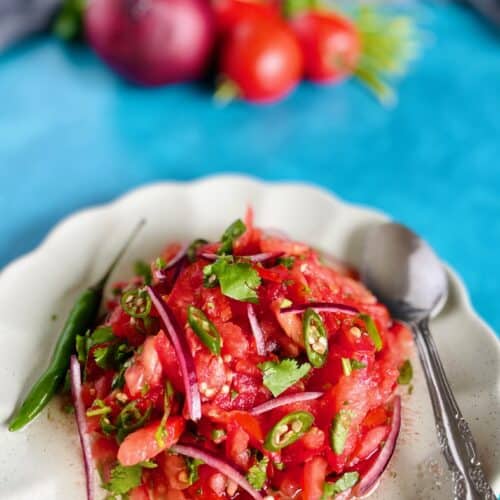
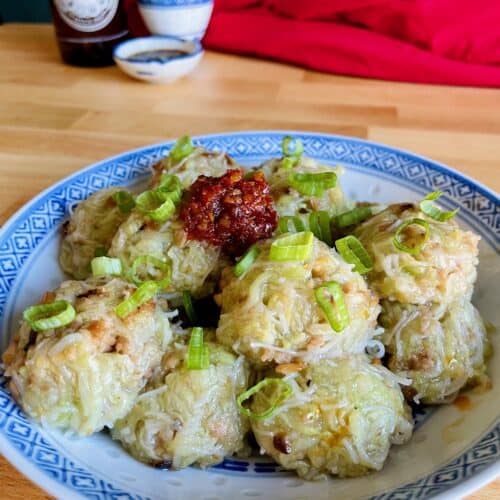

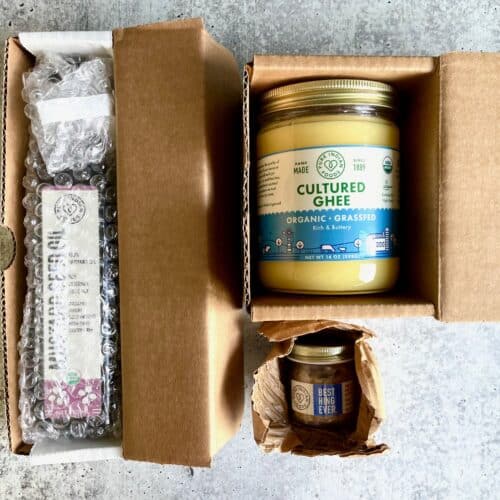
Leave a Reply